
What is CE Certification for LED Lighting?
An LED lighting fixture consists of a seMIConductor chip that emits light when electrically stimULated. This chip is fixed onto a bracket using silver or white adhesive, then connected to the circuit board with silver or gold wires. The chip is sealed around the edges with epoxy resin to protect the internal wire core, and finally enclosed in a casing.
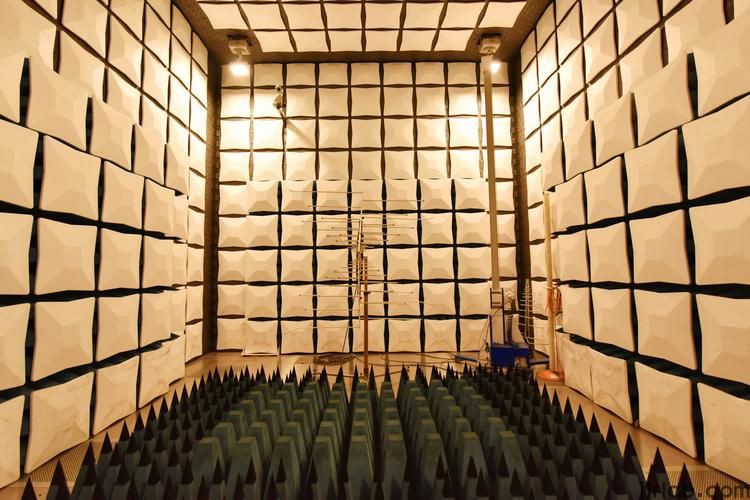
Since LEDs are cold light sources, semiconductor lighting itself causes no environmental pollution. CompaRED with incandescent and fluorescent lamps, LEDs achieve energy savings of over 90%. At the same brightness, their power consumption is only 1/10 that of ordinary incandescent lamps and 1/2 that of fluorescent tubes. Therefore, LED lighting has become mainstream in the lighting market, representing trends toward energy efficiency, health, artistic design, and human-centric lighting, and has become dominant in lighting culture.
Whether LED lamps are produced by companies within the European Union or other countries, they must bear the "CE" mark to freely circulate in the EU market. This mark indicates that the product complies with the essential requirements of the EU’s New Approach Directives on technical coordination and standardization. It is a mandatory legal requirement in the EU.
Classification of LED Lighting
LED lighting can be broadly classified into indoor and outdoor lighting:
- Indoor: LED bulbs, LED spotlights, LED downlights, LED track lights, LED panel lights, LED industrial and mining lights, LED kitchen and bathroom lights, LED desk lamps, LED recessed lights, etc.
- Outdoor: Most common are LED street lights, LED underground lights, LED floodlights, LED lawn lights, LED tunnel lights, etc. There are many types serving different purposes.
Reference Standards for LED Lighting CE certification
- EN 55015: Limits and methods of measurement of radio disturbance characteristics of electrical lighting and similar equipment
- EN 61547: EMC immunity requirements for lighting equipment
- EN 60598: low voltage directive
- EN 62471: Photobiological safety of lamps and lamp systems (except lasers)
- en 61000-3-2: Limits for harmonic currents emitted by electrical and electronic equipment (with rectifiers)
- EN 61000-3-3: Limits on voltage changes, voltage fluctuations, and flicker in public low-voltage supply systems (with rectifiers)
- EN 61347: Safety requirements for lamp control gear (with rectifiers)
- EN 62321: Directive on the restriction of hazardous substances in electrical and electronic equipment
ce certification process for LED Lighting
1. Project Application: Submit the CE certification application.
2. Documentation Preparation: Prepare relevant samples and documentation according to CE certification requirements.
3. Product Testing: Send samples to designated laboratories for testing as per CE requirements.
4. Report Compilation: Certification engineers draft the report based on test data.
5. Submission for Review: Engineers submit the complete report to the EU notified body.
6. Certificate Issuance: After review, the EU certification body issues the ce certificate.
Email:hello@jjrlab.com
Write your message here and send it to us
 What are ASTM F963 and CPSIA?
What are ASTM F963 and CPSIA?
 Comparison of ASTM F963 and EN 71
Comparison of ASTM F963 and EN 71
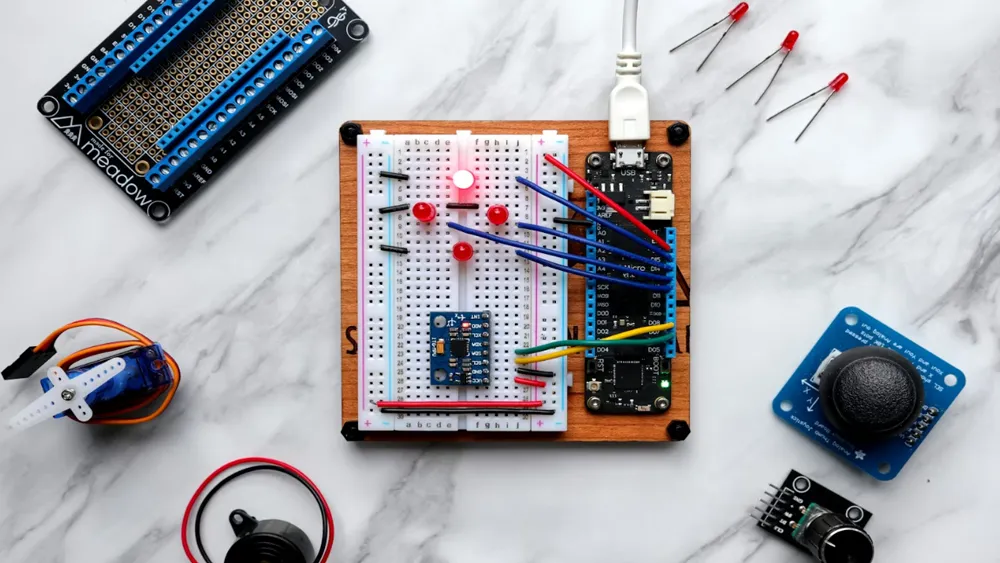 How to get CSA C22.2 NO.256:14 Test Report?
How to get CSA C22.2 NO.256:14 Test Report?
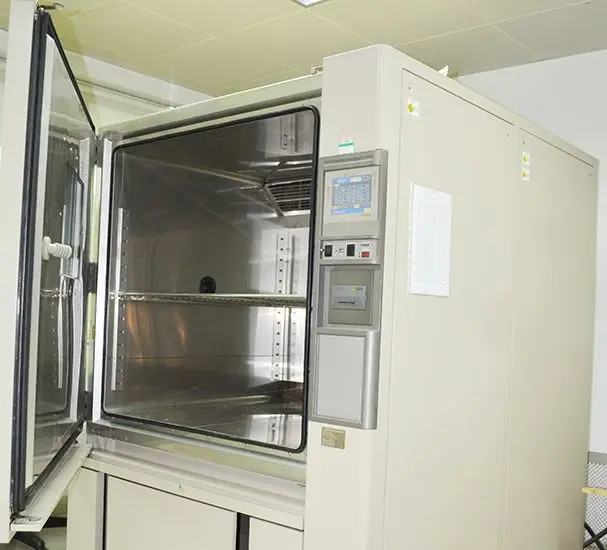 How much is the ISTA Amazon Packaging & Shippi
How much is the ISTA Amazon Packaging & Shippi
 Amazon Product Laboratory Testing Requirements
Amazon Product Laboratory Testing Requirements
 How to Get EPA Certificatio
How to Get EPA Certificatio
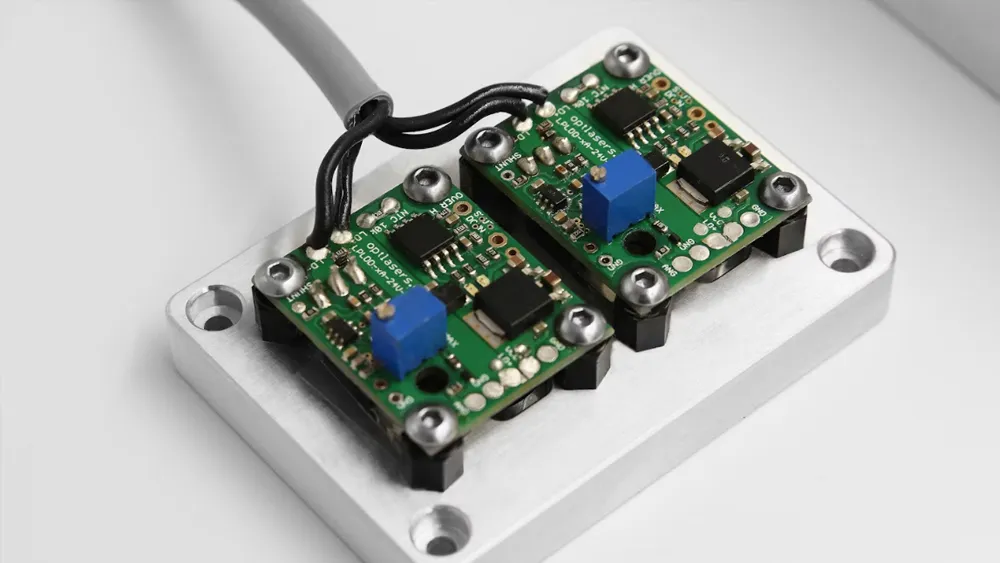 What is EPA Certification in the United States?
What is EPA Certification in the United States?
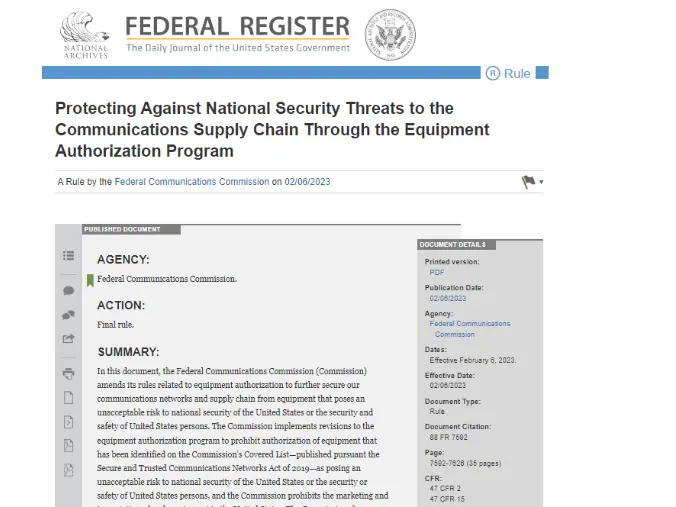 What is an FCC Registered Agent?
What is an FCC Registered Agent?
Leave us a message
24-hour online customer service at any time to respond, so that you worry!




